Is one of the most popular museums in Valencia, and in it you will be able to see how one of the most important expressions of Valencian popular culture has evolved over the years.
We refer to the Fallas Museum, which every year increases its assets with the indultats ninots, in addition to other objects related to the celebration of this very popular festival in Valencia.
For example, with the advertising posters of each edition, with the collections of historical insignia of the failing commissions of Valencia, and with the portraits of the falleras that have been representing the latest Fallas.
We will give you a little history so that you can understand what this museum means for the city of Valencia.
All the information in detail
Curiosities from the history of the Fallas of Valencia
Just by saying his name he already smells of fire, gunpowder and figures that fill squares and streets all over. Valencia and Valencian Community.
The Fallas They have been celebrated since the mid-18th century and were initially built by neighbors with the help of some professionals such as carpenters, painters or decorators.
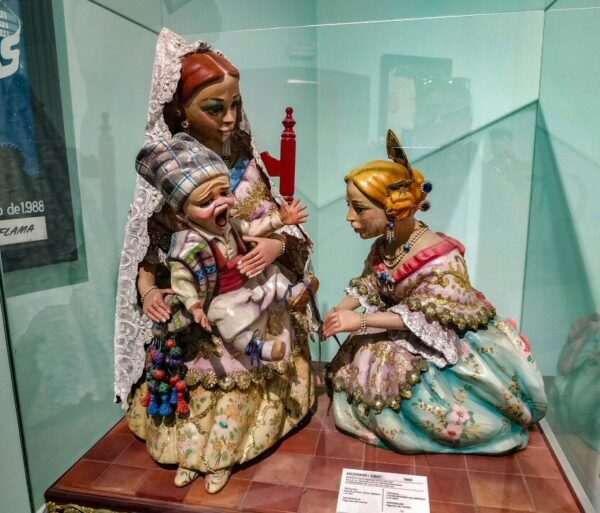
What are the ninot of Las Fallas in Valencia?
With the ninot or figures wanted to satirically represent situations of daily Valencian life.
Over time they became more important and the first Fallas artists appeared, specializing in the design and construction of Fallas.
These grouped themselves professionally and began to compete among themselves to achieve the best artistic result and for one of their ninot to be awarded a pardon, which has been done since 1934, being preserved in the Fallero museum.
Children's Fallas in Valencia
Meanwhile, the child failures At first they were built by the children of each neighborhood or street and began towards the end of the 19th century, but later the Fallas artists themselves took on their creation, thus improving their quality.
It was in 1963 when they also began to pardon ninot of childhood failures.
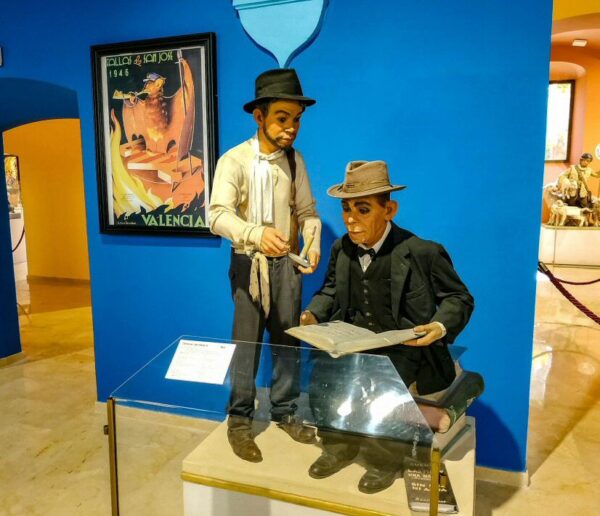
Mascletás and fireworks in Las Fallas
Other celebrations and rituals appeared around the Fallas festival, such as the mascletas , and the fireworks castles, a great light and sound show that illuminates the streets of Valencia and that you should not miss.
Nowadays everything is very elaborate and they have become a very important form of expression for the Valencian people, and they are also an irreplaceable tourist attraction, which over the years has been gaining popularity.
Until you find yourself in the city of Valencia surrounded by the resounding sound of a mascleta or beneath one of its precious flaws, you are not aware of their greatness.
Whether big or small, the failures They are the result of the work that many people have carried out for a whole year with enthusiasm, and that the fire will take away their creations in one night, in order to close the circle and think again about the next failures.
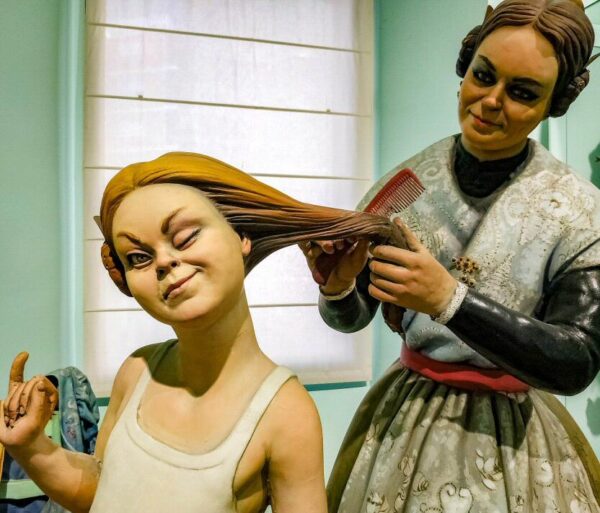
How the ninot are pardoned in Las Fallas
But not all of them burn completely, since every year the Ninot Exhibition in which failing commissions present their best ninot or the figure that best represents your failure, both of the big fault and the child failure.
For a few days citizens, whether visitors or locals, can vote in this exhibition which is the ninot that they like the most and deserves to be pardoned.
The figure that wins by popular vote is pardoned, and becomes part of the collection of the Fallero museum, thus saving themselves from fire or cream.
When the Valencia Fallas burn
The flaws they burn in the cream during the night of the day San Jose to welcome spring and in praise of the saint.
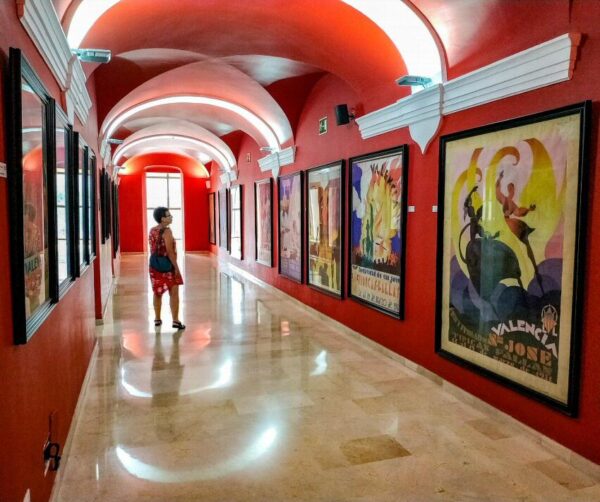
Since November 30, 2016, the festival of The Fallas was declared Intangible Cultural Heritage of Humanity awarded by the Unesco, filling not only Valencians, but all Spaniards with joy.
What to see when visiting the Fallero Museum in Valencia
On your visit to Fallero museum you can see all the indultats ninots saved from the cream.
ORGANIZE your TRIP
- Don't forget your TRAVEL INSURANCE with a 5% discount
- Book the HOTEL for your trip
- RENT a CAR for your trip
- The best TOURS and EXCURSIONS in Spanish
- NO-LINE TICKETS for museums and monuments
- Best FREE TOURS around the world
- Book your TRANSFER from the airport
- eSIM card with INTERNET at the best price
In addition, there are photographs of the best fallas and the posters that have advertised them since 1934.
The museum is located in a privileged location in the Monteolivete neighborhood, near the City of Arts and Sciences and within what was the old Convent of the Mission House of San Vicente de Paul.
This convent, which was completed in 1834 and was also a barracks, warehouse and military prison, has housed the museum since 1971, with some subsequent restorations before being definitively reopened in 1995.

The interior of the building preserves a structure of corridors and old cells that make the visit very pleasant.
La Fallero museum exhibition It can be divided by eras and themes:
Failures of the 30s and 40s
During the decades of the 30s and 40s of the last century, the ninots They were built with wax, wood and cloth, and represented scenes of Valencian tradition.
In the 40s, portraits of artisans were added, popular characters of the street and some reference to film characters, which was intended to empathize with the public.

Failures of the 50s
Since 1955, it was prohibited to pardon portraits and thus give more importance to the narrative meaning of the scenes and greater communication between the ninots.
At that time the comic and cartoonish sense in the figures and the social themes, in addition to eroticizing the female figures.
The fantastic world also began to be included in the creations of the 50s, and in 1956 the first ninot made entirely of cardboard.
Failures of the 60s and 70s
The humorous scenes of themes that mark the social news of the time They go on to mark the theme of failures.
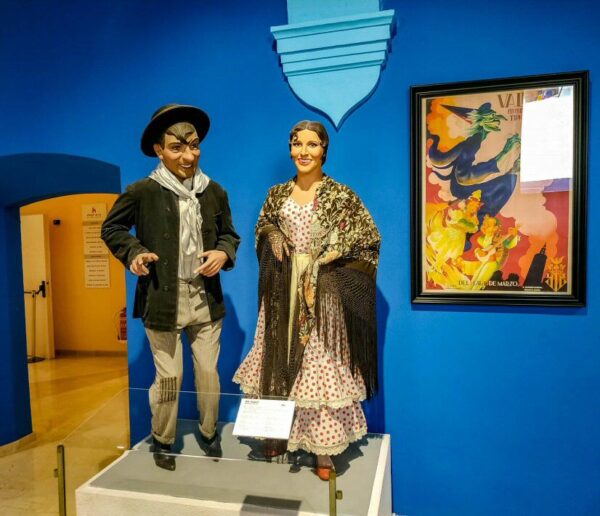
Scenes of easy humor could be seen in cartoon form with little political discourse, although politically in Spain there were years of many changes.
And it was in 1977 when the first ninot made entirely in polyester.
Failures of the 80s and 90s
The 80s were years in which the trend was to represent scenes of traditional crafts, with a nostalgic component, but without abandoning caricature and sarcasm.
At that time, references began to be made to the political situation of the time, to the issue of Valencian identification and to the problems of daily life in the city.
Starting in the 90s, touching scenes of groups, elderly people with children, and sentimental family scenes began to be pardoned to capture the viewer's attention.

From this time the Expanded polyurethane o White cork and emblematic figures of the city, who have become icons for Valencians, begin to be pardoned.
Pardoned children's ninots
The children's ninots They have occupied a space in the museum since 1963, when the first one was pardoned.
They are created for the fallera children's commission and in them the protagonists are stories from popular culture, both traditional and from cinema or television, combining worlds of children's fantasy along with historical and mythological motifs.
Don't forget your Travel Insurance
Are you organizing your trip or getaway? Don't leave without take out your travel insurance before, and here we explain why. If you hire it with us, you have a 5% discount
The tender component usually prevails in all the figures and they really are wonders in small sizes.
It is very exciting to see the child fallera cry with emotion from the balcony of the Town hall the night of the cream.

FMajor and children's alleys
One of the most important figures of the Las Fallas festival is Fallera Mayor, which first appears in 1931.
Her reign lasts one year and she becomes the main representative female figure of the Fallas world, which lavishes her with special veneration.
The paintings with the portraits of the different Major Falleras of Valencia They appear hanging on the walls of the Fallero museum since 1995, where those of the children's falleras.
Posters and insignia of Las Fallas
Every year there is a contest to select the poster that will announce the Las Fallas Festival that year.
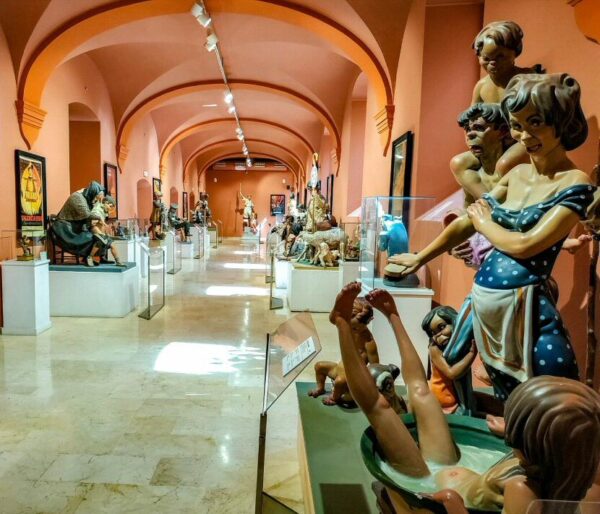
This winner poster It will be the visible face to the world of these very popular festivals and will also be preserved as an important piece in the Fallero museum.
The first one that is preserved dates back to 1929, and since then every year great Valencian poster artists contribute their ideas for the creation of the one that will best represent their festivities.
Along with the posters is the collection of historical insignia of the Valencia Fallas Commissions.
We can say that it is the heraldic and iconographic expression of the image that each fallera commission wants to transmit about themselves.
The failing commissions They are a gigantic associative network, which makes it possible for important aspects of the traditions to be transmitted through generations. Las Fallas festivals.
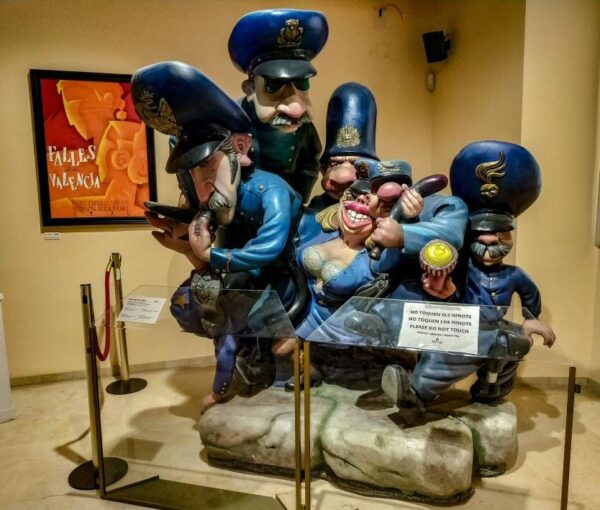
Finally, in one of the museum rooms you can see temporary exhibitions of the work of some of the Fallas artists more significant.
Visiting times for the Fallero Museum in Valencia
The Visiting hours of the Fallero museum (Montolivet square 4) are, Monday to Saturday, from 10 a.m. to 19 p.m. (last entry at 18,15:10 p.m.), and Sundays and holidays, from 14 a.m. to XNUMX p.m.
You have to keep in mind that the Closing days of the Fallero museum They are January 1, January 6, May 1 and December 25, and during the Fallas season it has special hours, so you should check for your visit.

Fallero Museum ticket prices
El entrance price to visit the Fallero museum is 2 euros, with a reduced rate of 1 euro that benefits retirees, large families, and holders of the Youth Card.
Book your hotel, 15% discount, free cancellation
When planning your trip, we advise you to, well in advance, Book your hotel now on booking.com where you can find discounts from 15% and you will have a possible cancellation for free
They can visit the Fallero museum for free children under 7 years of age, people with disabilities and members of Fallas commissions.
There are guided tours of the Fallero museum from Monday to Wednesday at 11 a.m., for which you can sign up in advance at visitasmuseufaller@valencia.es.


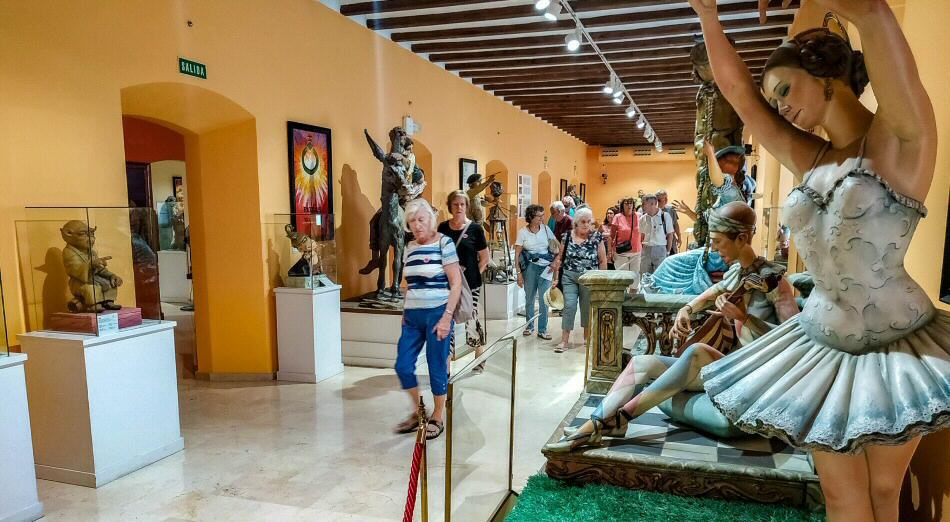

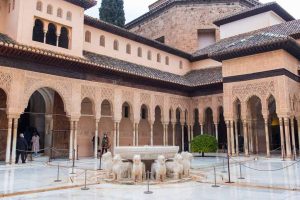












Comment